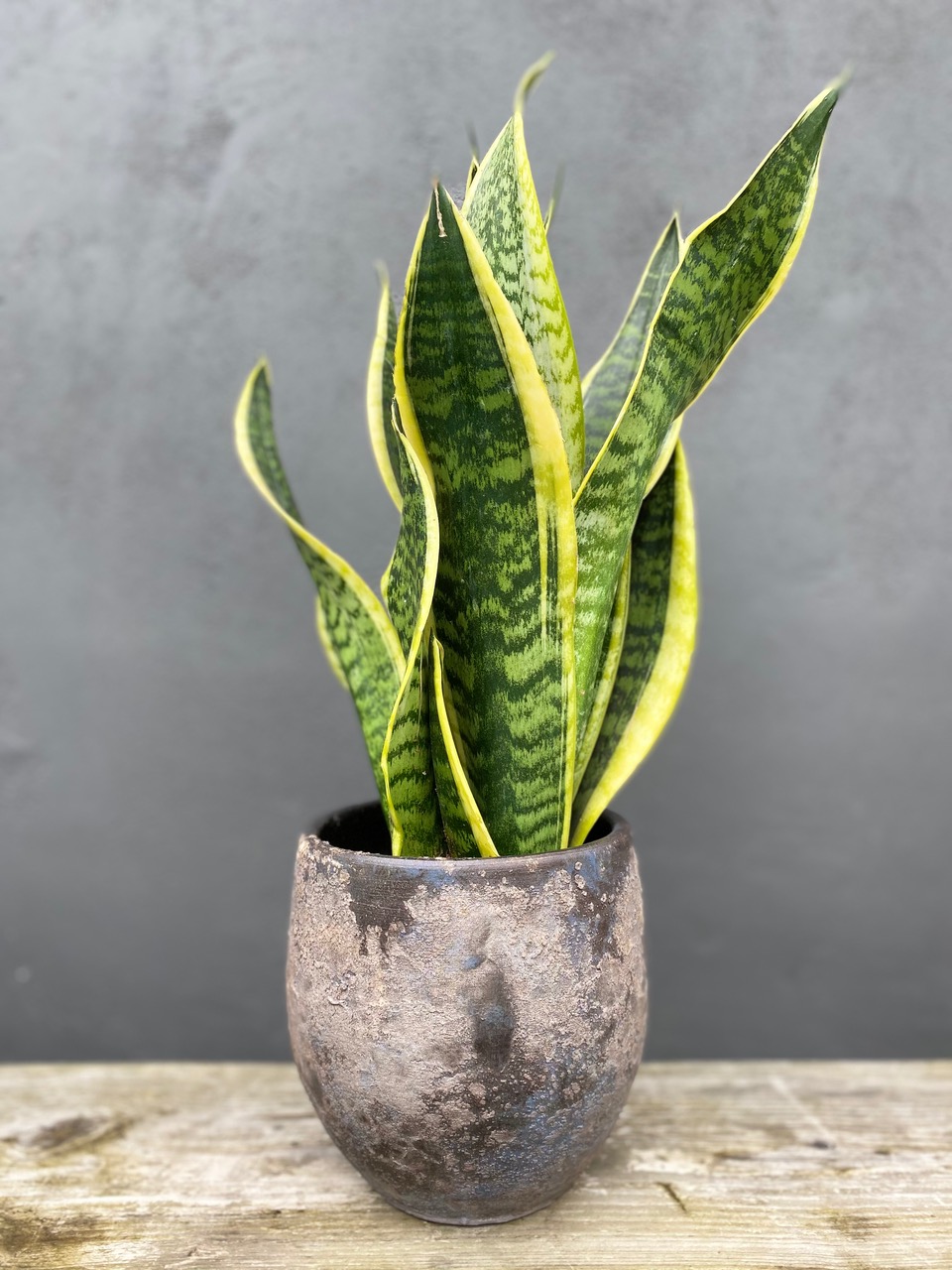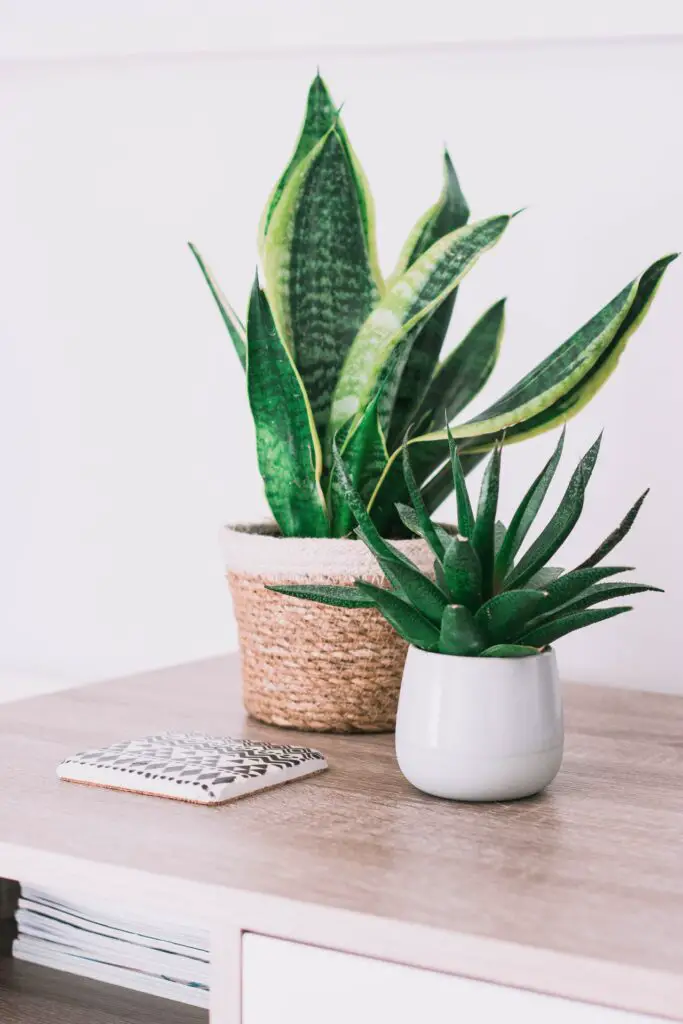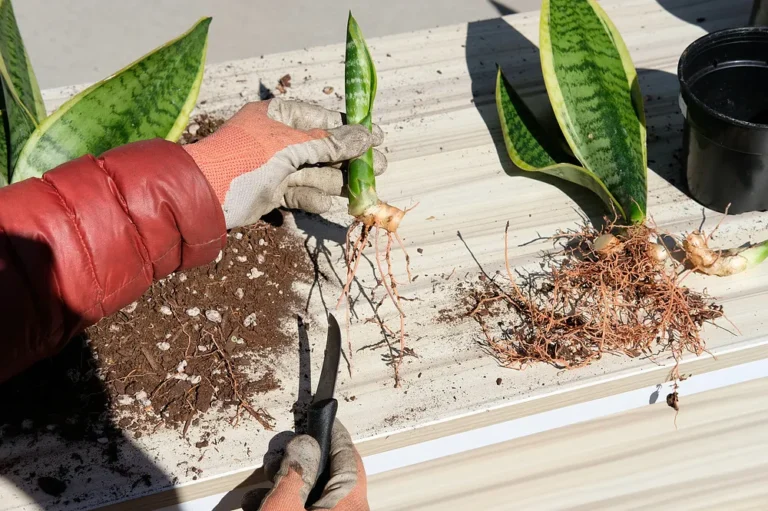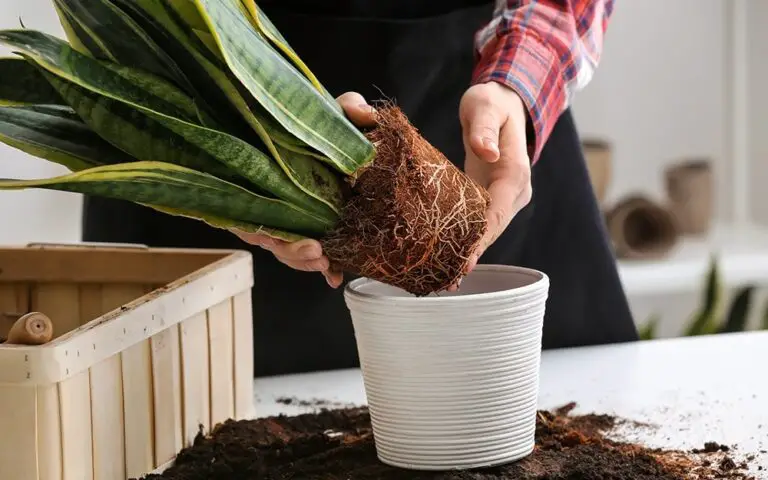Sansevieria Laurentii-Snake Care Plant

Also Known As
At A Glance
Features
Origin
Indigenous to tropical west Africa, from Nigeria east to the Congo.
Size
The plant can generally grow up to 3-4 feet tall and 1-1.5 feet wide. Mature leaves are almost 2-2.5 inches in width.
Foliage
The sword-shaped, flat leaves grow upright from a basal rosette. Foliage is deep green with horizontal zigzag bands of light-green. The leaves are bordered with evident yellow edges which run parallel to their length.
Flower
It's rare for this plant to bloom. When it happens, it produces greenish white, small, and mildly fragrant flowers that resemble lilies. This can happen once a year, usually in the spring.
Toxicity
All parts of the plant are mildly toxic if eaten. Poisoning causes gastrointestinal irritation. Keep away from children and pets.
Growth Season
The plant is slow growing. Its active growing season is spring and summer. Flowering period is usually winter to spring.
Pests
This sturdy plant isn't very likely to get pests and diseases. It might get attacked by vine weevils and mealybugs.
Propagation
It can be propagated through plant division, rhizomes and leaf cuttings. Make sure the leaf cuttings are at least 3-4 inches long. Choose mature plants for propagation by division.
Growing Conditions
Water
Water the plant once a week in growing season, and once a month during winters. Let the soil dry off completely before watering, and allow it to drain freely. Don't let the water sit on the leaves.
Light
Ideal conditions are moderate to bright indirect sunlight. However, it can easily adapt to low light conditions. But avoid deeply shaded areas, as well as full sun during hot summers.
Soil
A loose and well-draining soil is best for Sansevierias. You can use a mixture of soil, sand and perlite. Even a soil-less potting mix works fine.
Environment
Average room temperature and humidity are best for the plant growth. Ideal temperature range is 60-75°F (15-24°C). It can tolerate slightly higher or lower temperatures, but protect from extreme cold.


